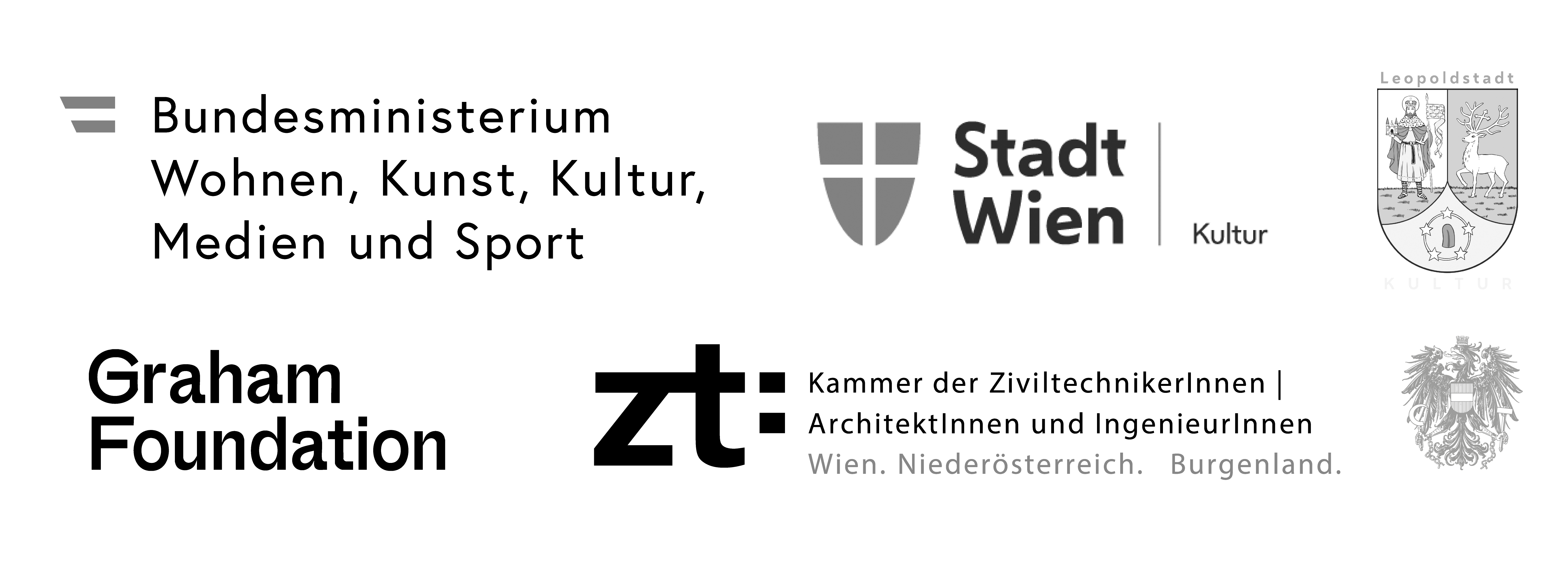With Fire And False Categories.
Unceded Indigenous Homelands in California
a lecture by
Anousheh Kehar
With Fire And False Categories.
Unceded Indigenous Homelands in California
Through different processes used by US federal and California state governance, Indigenous stewardship practices—that formed environments and cultures for millennia—were overwhelmingly replaced since early settler colonization. Processes of settlement, expanding housing developments, and resource extraction yielding the most economic gains remain dominant in the 21st century despite the adverse impacts on all life forms—making the most vulnerable in society even more so. There is no shortage of telltale signs that capital accumulation continues to be a recurring factor in the ongoing oppression via dispossession, property laws, land regulations, and environmental policies, to name a few. Included are fire suppression and fire exlusion policies that minimized Indigenous cultural burning—the “purposeful use of fire by a cultural group for a variety of purposes and outcomes” (1)—on their homelands. Brenna Bhandar tells us, “property law has proved itself to be one of the most significant orders, an amalgam of legal techniques, through which colonial appropriation of land and the fashioning of colonial subjectivities take place and are secured.” (2) From this perspective, the presentation thinks with the “nature of the political and legal recognition, misrecognition, and nonrecognition” of Indigenous Nations that shape their respective contemporary conditions in seeking sovereignty, landback, and liberation.
(1) Goode et al. "The importance of Indigenous cultural burning in forested regions of the Pacific West, USA.” 2021
(2) Brenna Bhandar, Colonial Lives of Property: Law, Land, and Racial Regimes of Ownership. 2018
Unceded Indigenous Homelands in California
Through different processes used by US federal and California state governance, Indigenous stewardship practices—that formed environments and cultures for millennia—were overwhelmingly replaced since early settler colonization. Processes of settlement, expanding housing developments, and resource extraction yielding the most economic gains remain dominant in the 21st century despite the adverse impacts on all life forms—making the most vulnerable in society even more so. There is no shortage of telltale signs that capital accumulation continues to be a recurring factor in the ongoing oppression via dispossession, property laws, land regulations, and environmental policies, to name a few. Included are fire suppression and fire exlusion policies that minimized Indigenous cultural burning—the “purposeful use of fire by a cultural group for a variety of purposes and outcomes” (1)—on their homelands. Brenna Bhandar tells us, “property law has proved itself to be one of the most significant orders, an amalgam of legal techniques, through which colonial appropriation of land and the fashioning of colonial subjectivities take place and are secured.” (2) From this perspective, the presentation thinks with the “nature of the political and legal recognition, misrecognition, and nonrecognition” of Indigenous Nations that shape their respective contemporary conditions in seeking sovereignty, landback, and liberation.
(1) Goode et al. "The importance of Indigenous cultural burning in forested regions of the Pacific West, USA.” 2021
(2) Brenna Bhandar, Colonial Lives of Property: Law, Land, and Racial Regimes of Ownership. 2018
24.02.2024 7pm
at MAGAZIN
Space for Contemporary Architecture
Rembrandtstrasse 14/1A, 1020 Vienna
The lecture takes place in the framework of the finissage of the exhibition Intangible Proof. Indigenous Truths before the Inter-American Court of Human Rights by Nina Valerie Kolowratnik.
Nina Kolowratnik will give a final tour through the exhibition on the same day:
24.02.2024 5.30pm
Anousheh Kehar
Anousheh Kehar is an architectural designer and researcher. Currently a PhD candidate at the Faculty of Architecture and Spatial Planning at TU Wien, researching the shifting role of fire in settler-colonial California since the 20th century. She completed her B.A. in Art and Architectural History and Master of Architecture at the University of Houston. Her recent activities include a research position for the “Curatorial Project: A Place Between” project hosted at the Institute for Contemporary Art (TU Graz). She continues as a lecturer with courses reflecting on anti-imperial liberation practices and abolition geography from artistic and architectural praxis. Anousheh has co-founded the Sans Souci Collective and the project Annenstrasse 53 (which was run by Das Gesellschaftliche Ding. Kunst, Architektur und Öffentlichkeit).
Anousheh Kehar is an architectural designer and researcher. Currently a PhD candidate at the Faculty of Architecture and Spatial Planning at TU Wien, researching the shifting role of fire in settler-colonial California since the 20th century. She completed her B.A. in Art and Architectural History and Master of Architecture at the University of Houston. Her recent activities include a research position for the “Curatorial Project: A Place Between” project hosted at the Institute for Contemporary Art (TU Graz). She continues as a lecturer with courses reflecting on anti-imperial liberation practices and abolition geography from artistic and architectural praxis. Anousheh has co-founded the Sans Souci Collective and the project Annenstrasse 53 (which was run by Das Gesellschaftliche Ding. Kunst, Architektur und Öffentlichkeit).

